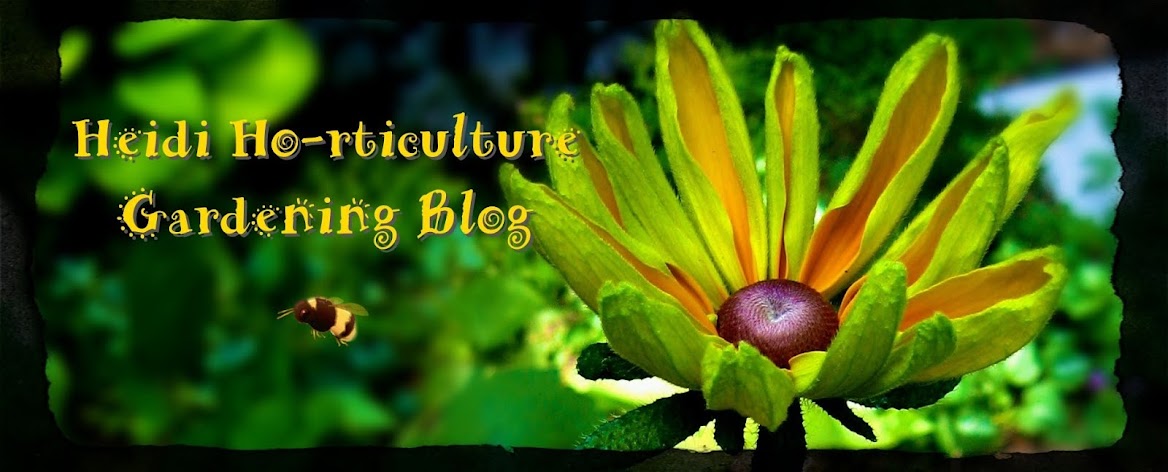 |
| My eyes were drawn to my small Korean Boxwood yesterday. This variety is called "Green Gem". I bought it 3
years ago. It had some winter snow (weight) damage on it earlier this
spring, but something else caught my attention. |
 |
| Seeing these brown blisters frustrates me. |
 |
Tucked inside these blisters is a creature called:
Monarthropalpus flavus - Boxwood Leaf Miner
|
 |
| As you can see, pretty much all the leaves have blisters in various stages of the leaf miner's life cycle. |
 |
| Here, I brought a stem inside to reveal what's inside each blister pocket. | |
|
|
|
The adult leaf miner lays eggs, by inserting them between the layers of the boxwood leaf. Making a perfect pocket situation for their offspring to hatch, become pupae and begin feeding.
 |
Here you can see the small puncture hole mark,
where the adult laid the egg. This hole becomes the exit for when they pupate into adults. |
 |
| Some leaves have 3-4 miners munching away. Getting ready to become adults. |
 |
| On the shiny, upright part of the leaf, you see more browning and damage. Holding this up to the light will reveal the pupae, its excrement and the ever enlarging pocket they create. |
These photos show pupae that are orange, this means they are near ready to transform themselves into adults. The pupae are lighter in colour when young - more yellow. Once they become orange, this is the time they stop feeding and go through their next life cycle. Through the puncture "window" or hole, they will squeeze through, hang from upside down until they pupate into an adult - orange fly.
This is an insect that is hard to control, unless you cut back the blistered portions of the boxwood ruthlessly or if you use pesticides. Systemic insecticides would help me combat this insect, but for such a small plant and for the sake of spraying chemicals, I choose not to in this case. In Ontario, one would require a pesticide license to acquire such chemicals to do the trick.
Since this is a young boxwood, I have decided to take it out of my garden. If I prune it back hard, it will take a long time to recover and my garden is too small to waste space. Last year the leaf miner numbers were unnoticeable to me. Perhaps I purchased this boxwood with leaf miners or perhaps not. Best rid this boxwood before it feeds off my other plants.
So sad.... Time for something else in that spot.
Have a look at my post on the
adult-life-cycle of this Leaf Miner.
































